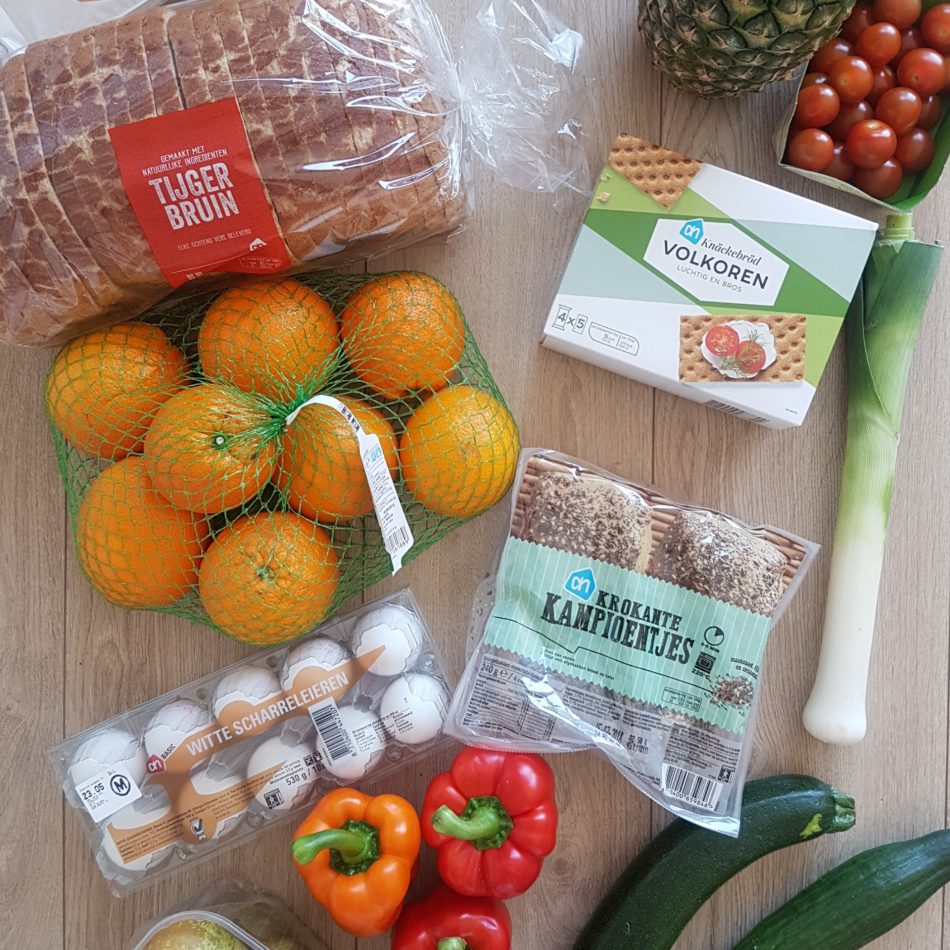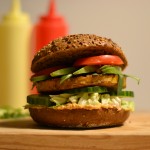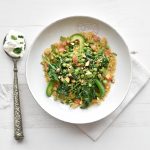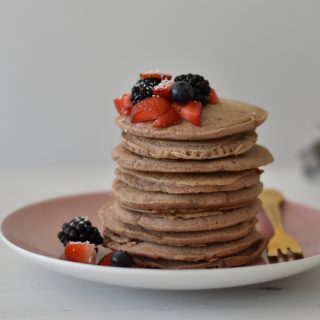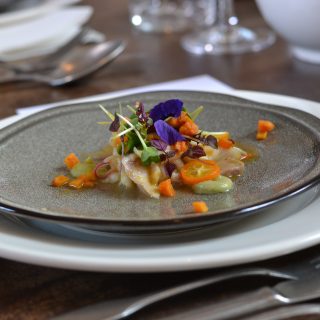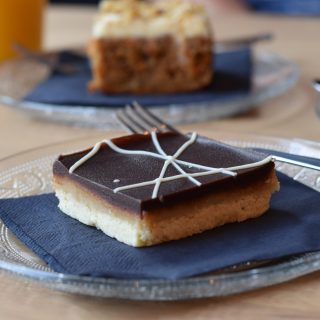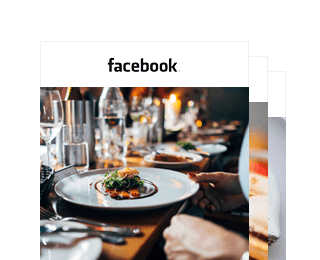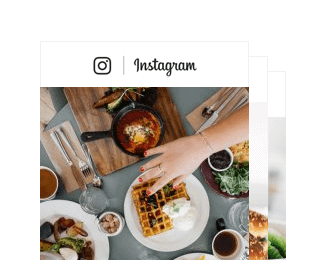People often tell me that they want to eat more healthy, but that it’s always very expensive. It’s a shame because eating healthy doesn’t have to be expensive at all! I’ve listed my 10 favorite tips for eating healthy on a budget in this blog post. They’re all practical tips that you can adapt next time you’re doing groceries. I’ll show you that eating healthy doesn’t have to cost much. As a matter of fact, it’s sometimes even more cheap than unhealthy food!
1 Whole wheat bread

Whole wheat bread is the healthiest bread that there is. And the funny thing is, that’s it’s often the same price as white bread. The more expensive breads at the supermarket that might look very healthy and sure have healthy-sounding names; are often not that healthy at all! Multi-grain for example just means ‘multiple grains’, so this could also be several white grains. Spelt bread is often believed to be more healthy (and it’s often more pricy) but it isn’t more healthy than whole-wheat bread.
Another budget tip: buy a loaf of bread (preferably when it’s on sale) and put it in the freezer. Each morning just take out the slices that you need. This way you’ll never have to throw away bread again.
You can find the recipe of this vegan clubsandwich here.
2 Check the offers

It’s really worth checking what the offers are at your supermarket. I always do my groceries at Dutch supermarket Albert Heijn, they have a convenient email system where they email you on Sunday to show you what has a special price that week. This week it’s these oranges for example. You can base your recipes on what’s on offer that week. So first you check which items you can buy cheaper and then you search for recipes with that item. This week they also have naan bread on offer, so you can make a naan bread pizza or a healthy vegetarian curry.
3 Buy frozen foods
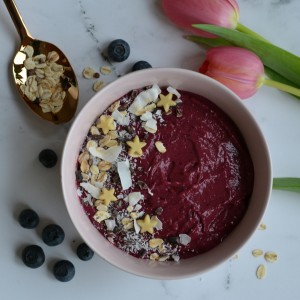
It’s often thought that frozen fruits and vegetables are less healthy than fresh ones, but this isn’t true. Sometimes the frozen ones even contain more vitamins. This is because they’re frozen straight away, conserving all the vitamins. Frozen foods is often more cheap than fresh food and another benefit is that you can easily keep it in your fridge. So if you have some leftovers, you can keep them for another meal. I often buy boxes with frozen fruit and I use them to make a smoothie bowl, like I did with frozen blackberries in the smoothie bowl pictured. . But vegetables like spinach, green peas, broccoli and cauliflower are also great to have in your freezer.
4 Consider other brands

Most supermarkets have products in 3 categories; the well-known brand that you see in commercials, their own ‘house-brand’ and a cheap discount brand. Now for some products I’m really loyal to a brand, Coca Cola for example for my diet coke. But for some products there’s hardly any difference. Cheaper pasta brands for example are fine for your weekday meals. Choose whole wheat pasta for a healthy choice and you can go for a cheap dinner for the whole family. I’ve made the spaghetti dish pictured here with vegetarian meatballs and the cheapest passata (sifted tomatoes) I could find. I even found out that the more expensive passata brand had added sugar and salt, whilst the cheapest option didn’t have any additives.
5 Vegetarian food

People often think that eating vegetarian is more expensive. Which is funny to me, as I’m always surprised by the cost of meat. A vegetarian burger is often around the same price as a hamburger, but it’s a much healthier option. The kale burgers from SoFine pictured above contain 154 calories per 100 grams and beef burgers contain around 217 calories for the same weight. The beef burgers also contain twice the amount of salt and about 50% more fat. Substituting your meat by a vegetable is also a very healthy and affordable option. You can for example swap your minced meat in your pasta dish by cubed aubergine.
6 Make your own food to-go
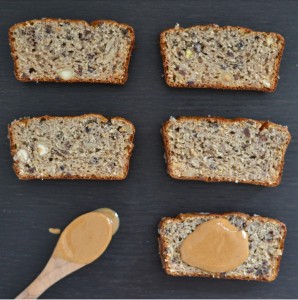
If you’d write down the price of every food or drink purchase you buy when you’re on the road or at work, you’d be surprised how much you spent on it. Buying your food at the (super)market and making your own lunch or snacks can save you a lot of money. The average price of a on-the-go sandwich on the Dutch train stations is 3euro’s, that’s even more than a whole loaf of bread in the supermarket! Bring your own reusable bottle of water with you and make your own healthy snacks. A granola bar will cost you about 1 euro each, but for less than 3 euros you can make 12 portions of your own banana bread.
Going for a picnic instead of eating at a restaurant is also a great way to save money and to eat more healthy. We all know that most restaurants aren’t known for their big vegetable portions. Check all my favorite healthy picnic recipes here.
7 Cook with leftovers

I never throw away any food. I can always make another dish with the food that I have leftover. You can always make a soup, pasta or omelet with your leftover vegetables. Another favorite of mine is couscous, you can combine couscous with practically anything so also with your leftover veggies! And did you know you never have to throw away brown bananas? Just peel them, cut them in slices and put them in a plastic bag in the freezer. Next time you want a healthy dessert, just take out 1 bag per portion for Nicecream, a healthy banana ice cream.
8 Double your portions
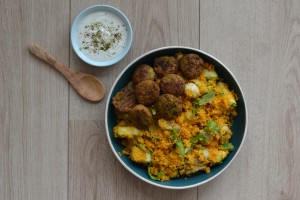
I live together with my boyfriend but I almost always cook 4 portions. It’s often cheaper to cook for 4 than 2 times 2, as most of the packages come in portions for 4 people. I have many plastic containers in my cabinet, whenever we eat ice cream I’m washing up the container, so we can use it to store the extra portions in. If you don’t feel like eating the same dish 2 evenings in a row, or if you have other plans for the next evening, you can just store them in the freezer. I often thaw one of the frozen dishes on evenings when I have yoga and I don’t feel like cooking. It’s also great for when you’re short on time or if you don’t have any inspiration. There are many foods suitable for freezing, but once again couscous is one of my favorites.
9 Seasonally and locally
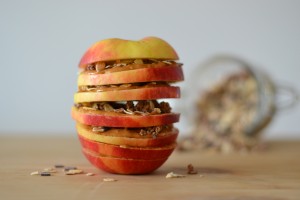
Buy your fruit and vegetables when they’re in season. Fruits grown in greenhouses are often more expensive than the ones who grew outdoors. Strawberries for example are quite expensive when bought in winter and often more than half of the price in summer. It also helps to buy fruit and vegetables from your own country. That’s not only better for your wallet; it’s mostly a lot better for the planet! Think of all the miles your tropical fruit has travelled before it arrives on your plate. You can also buy your fruit and vegetables at a farmers market instead of the supermarket. This way you know for sure that it’s from this season.
Fruits and veggies that are in season in May are rhubarb, asparagus, spinach and radishes for example.
10 Few ingredients

You don’t need a whole list of ingredients to make a tasty meal. Just some grains and veggies will do, especially if you add (fresh) herbs. For this beautiful pasta dish I only used 5 ingredients: pasta shells, spinach, pumpkin, cranberries and ricotta cheese. If you use dried cranberries you can save them for a long time. Or you can use them to decorate popped quinoa chocolates that you can make with your leftover chocolate or quinoa!
All my recipes only need few ingredients, so feel free to have a look at my healthy dinner recipes page for some inspiration!

